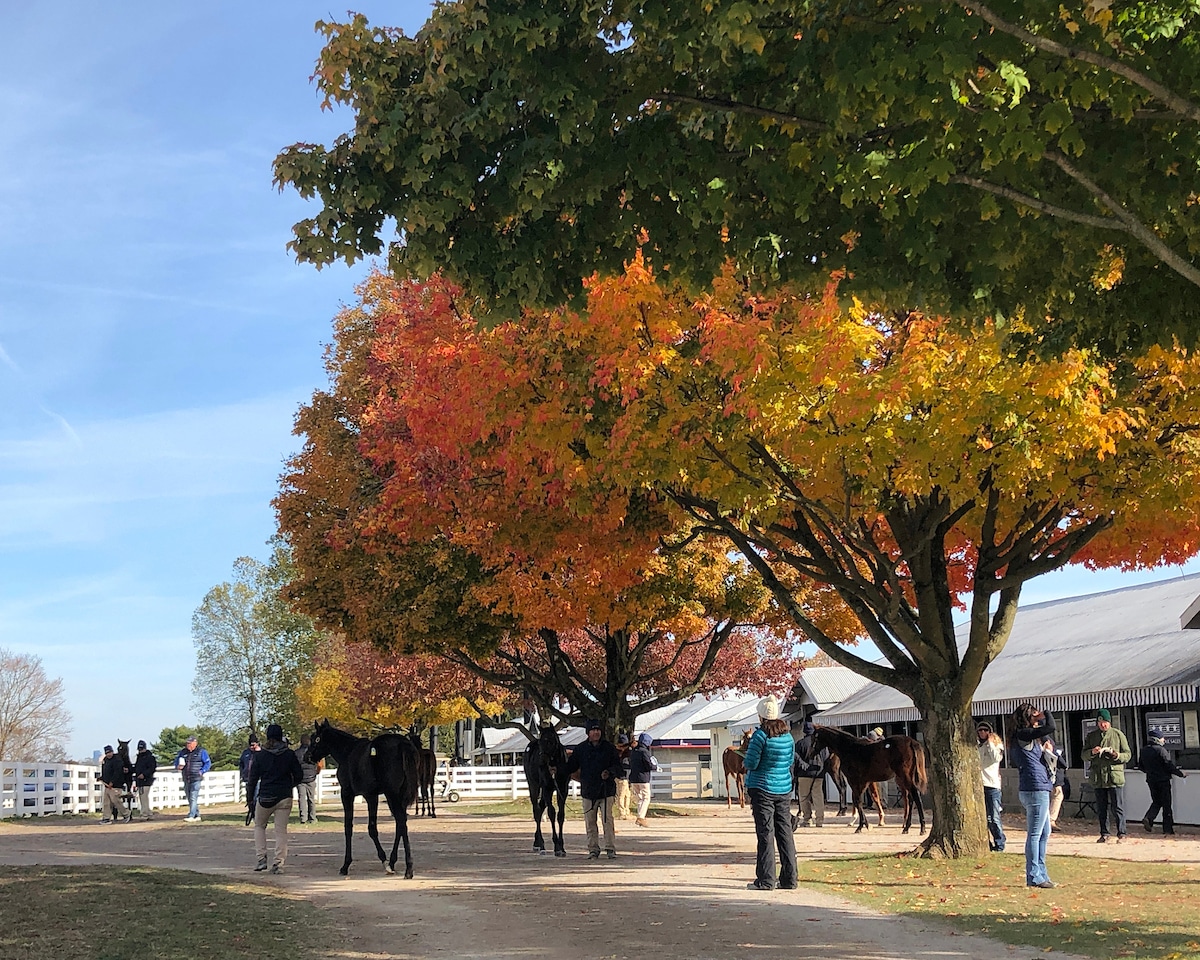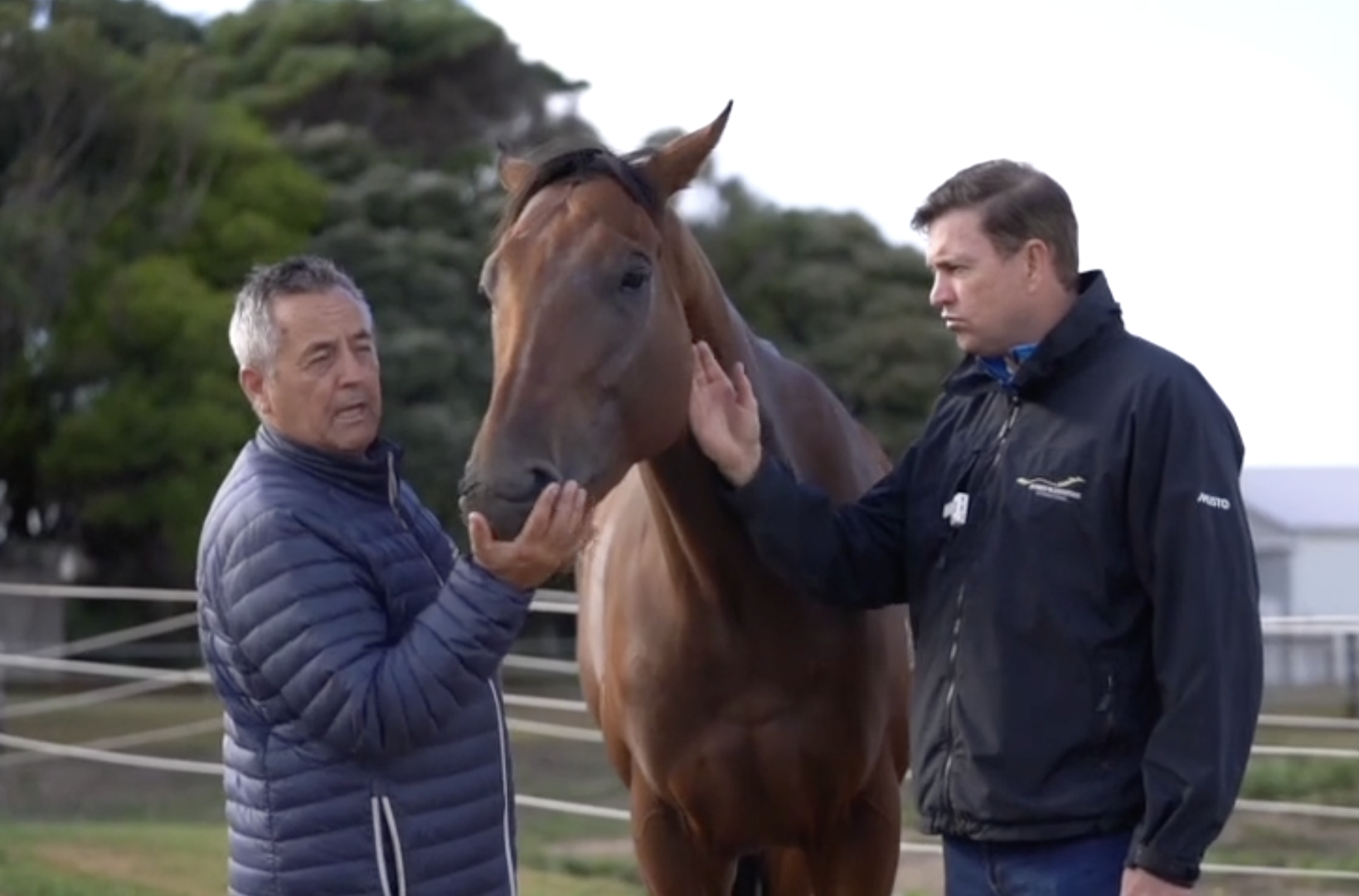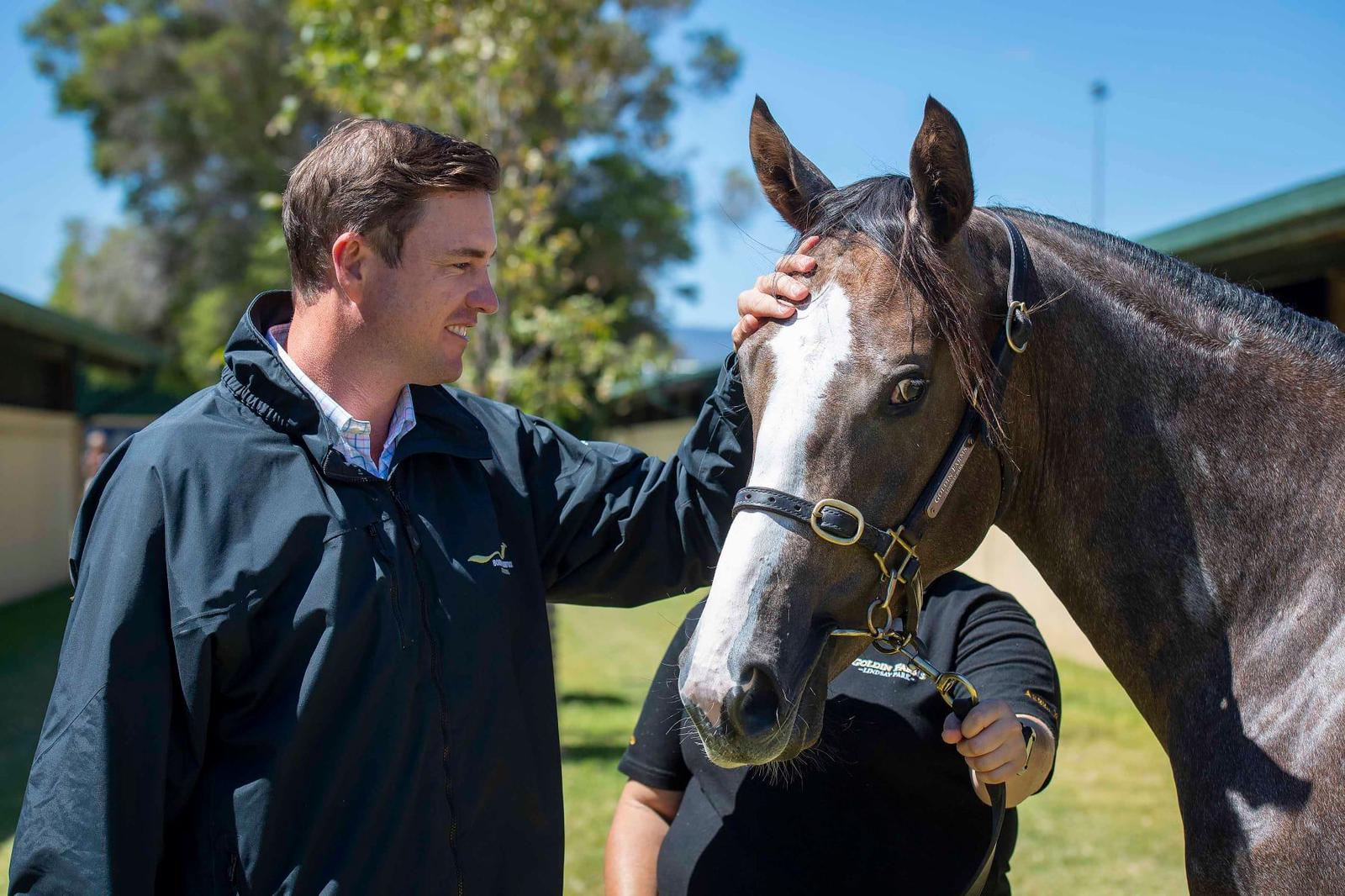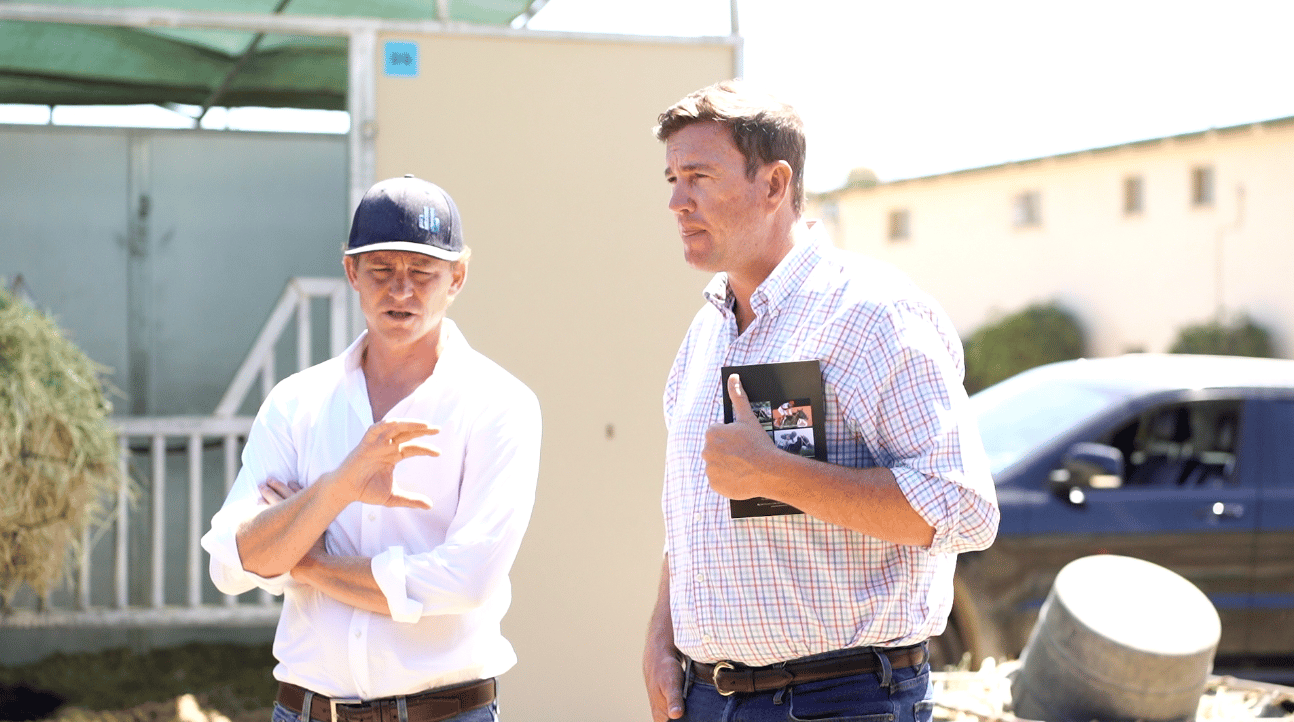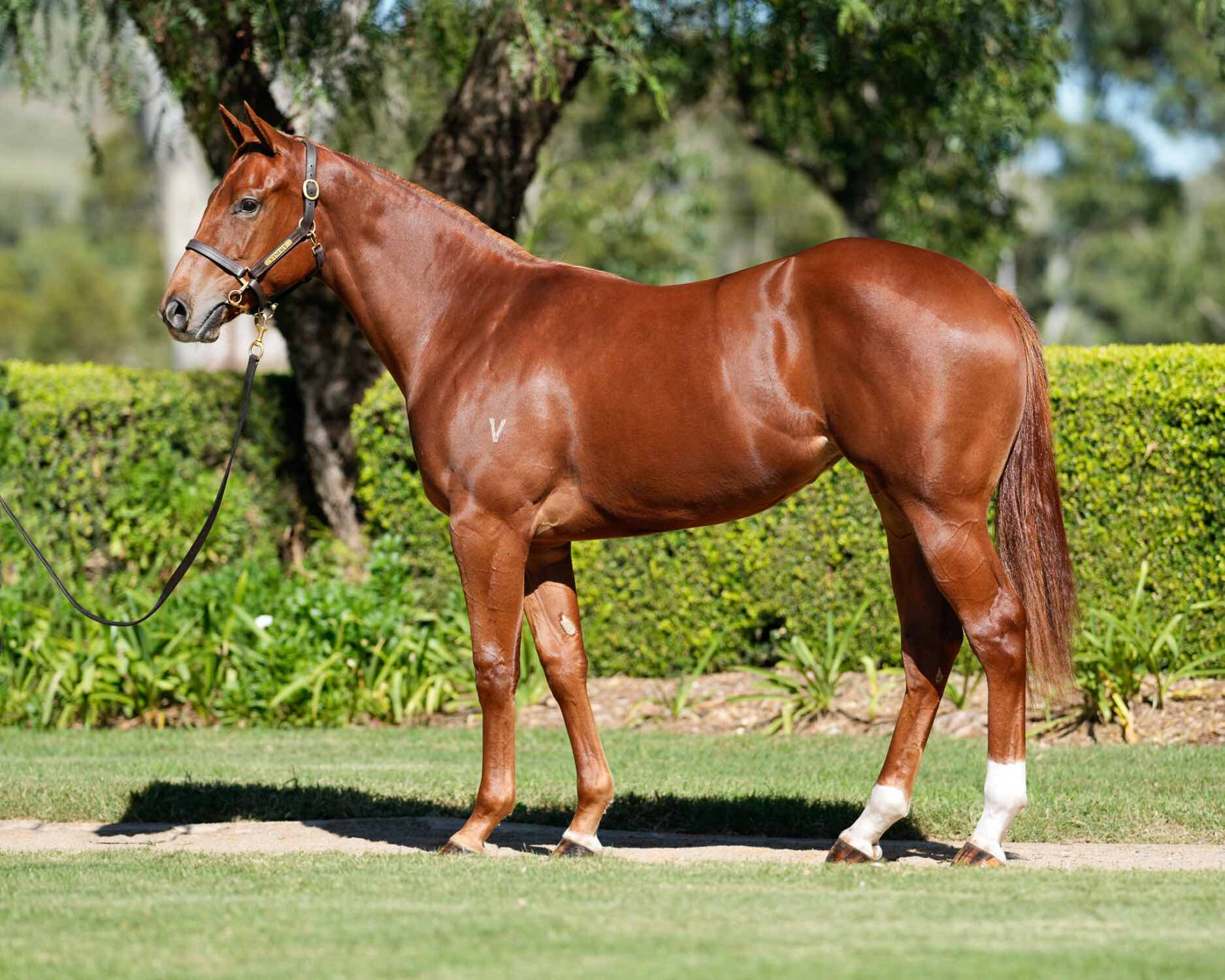There are four main considerations that are factored in when buying a horse:
1. Physical type and temperament
2. Pedigree – female
3. Pedigree – male
4. Farm produce record
My goal is to find the best physical type from a top producing farm, with a good pedigree. While it is the physical type that determines if I like a horse or not, it is the pedigree that will often determine how expensive the horse will be.
There are major differences in the physical type of horses you are looking to buy, as different types of horses suit different races; the old, ‘horses for courses’ cliché. I like to buy horses that are well balanced and walk with a purpose. I place emphasis on the fact that type is one of the most important variables above pedigree. Trainers can only work with the athlete, not train the pedigree. The chances of success are significantly higher with a better physical type.
The suitability of different types of horses can suit different races. Much like humans, there is a clear and distinct difference between a 100 metre sprinter and a marathon runner. Horses are comparable as a two year old type will have a more compact, earlier maturing look, while a classic type of horse will be bigger in size, mature slower, but have the frame to develop into a well-balanced horse. Two year old types can be described as being more physically and mentally mature from an early age. Their joints are more set and their muscle definition is already developed. They also handle things better mentally when compared to classic types of horses. Classic types have the frame but are yet to grow into it. You can often visualize what they are going to develop into with time.
I will also closely evaluate a horse’s temperament and the farm that they were raised on. Those that are raised on proven pastures and have a track record for selling top horses, tend to repeat this success. My pre-sale research includes analysing farm selling records to find the best record of success.
When selecting a yearling it helps to know what the best horses by the same sire look like. For example, the best colts by Redoute’s Choice tend to be the medium sized horses as opposed to very large types. I then look for similarities that good horses by proven stallions have, to then find that you may be forgiving on some traits. For example, Snitzel – one of Australia’s great stallions – often sired horses that were offset through the knees, so this is a known trait that may be forgiven on horses from the Snitzel-line but not otherwise.
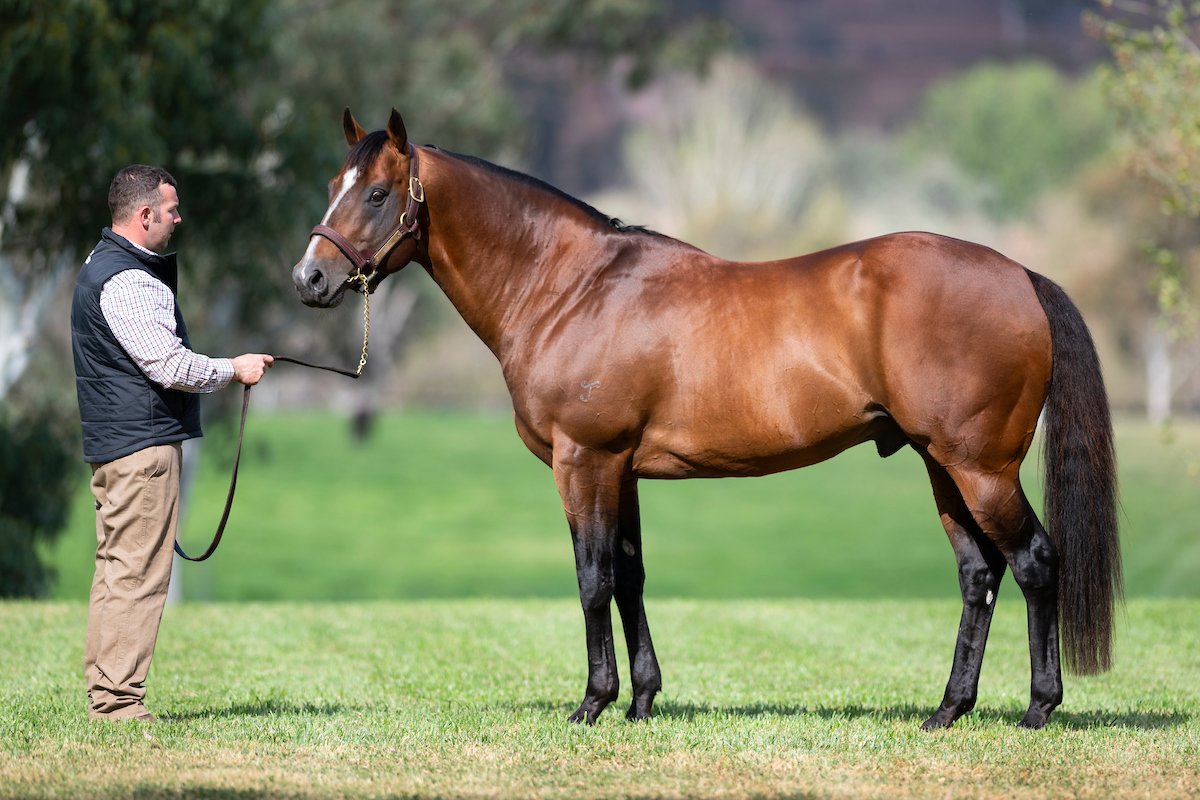
Certain stallions can throw certain traits that you have to be forgiving on and as time goes on you look at successful horses and see that some problems have not worried them.
This is also a factor when considering the female page of a horse, some family traits are consistent amongst the most successful horses. For example, the best fillies in a family could be small, with a strong hindquarter and short back. In that case, I want to see a filly that matches a close physical for the family type.

